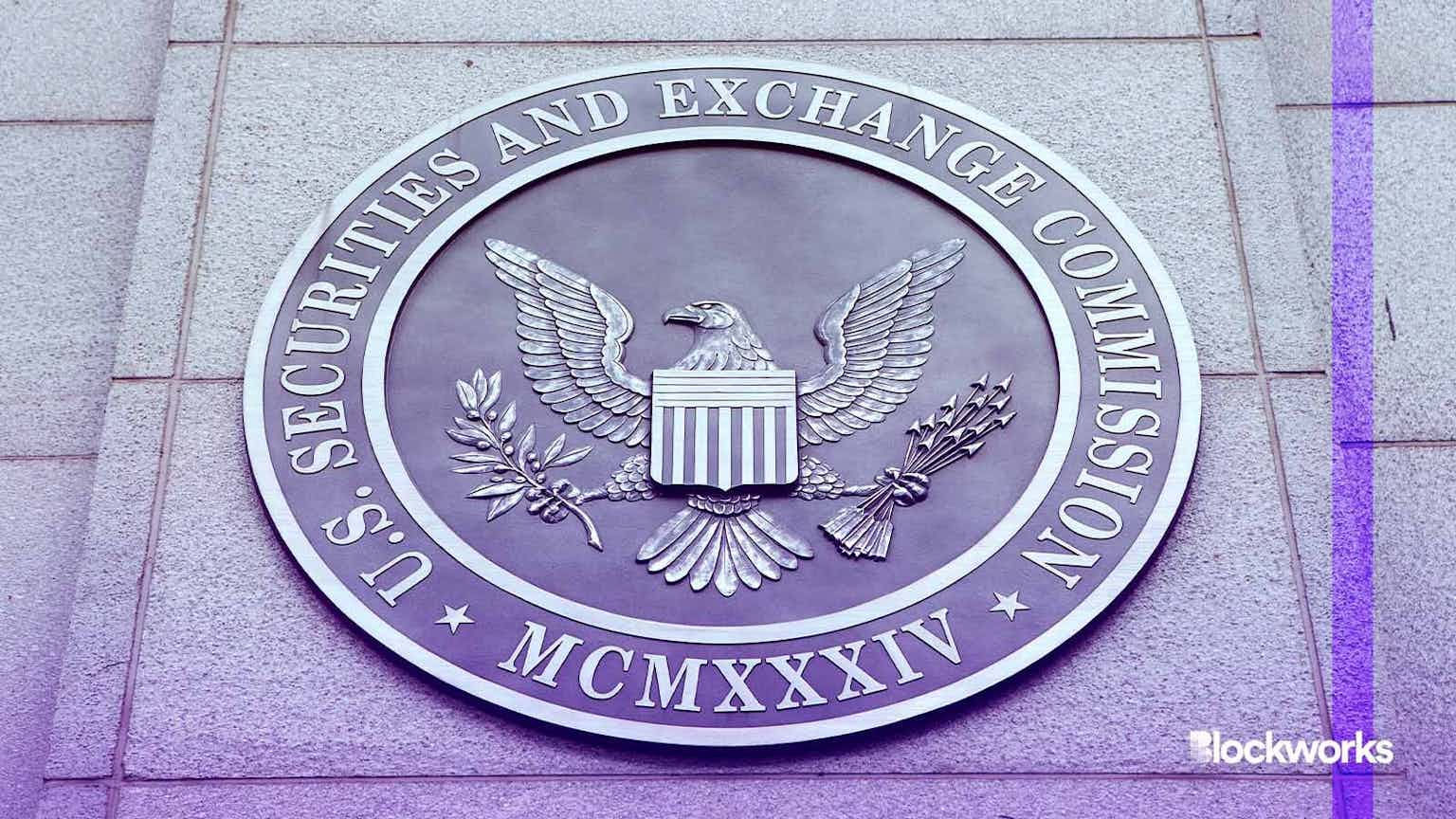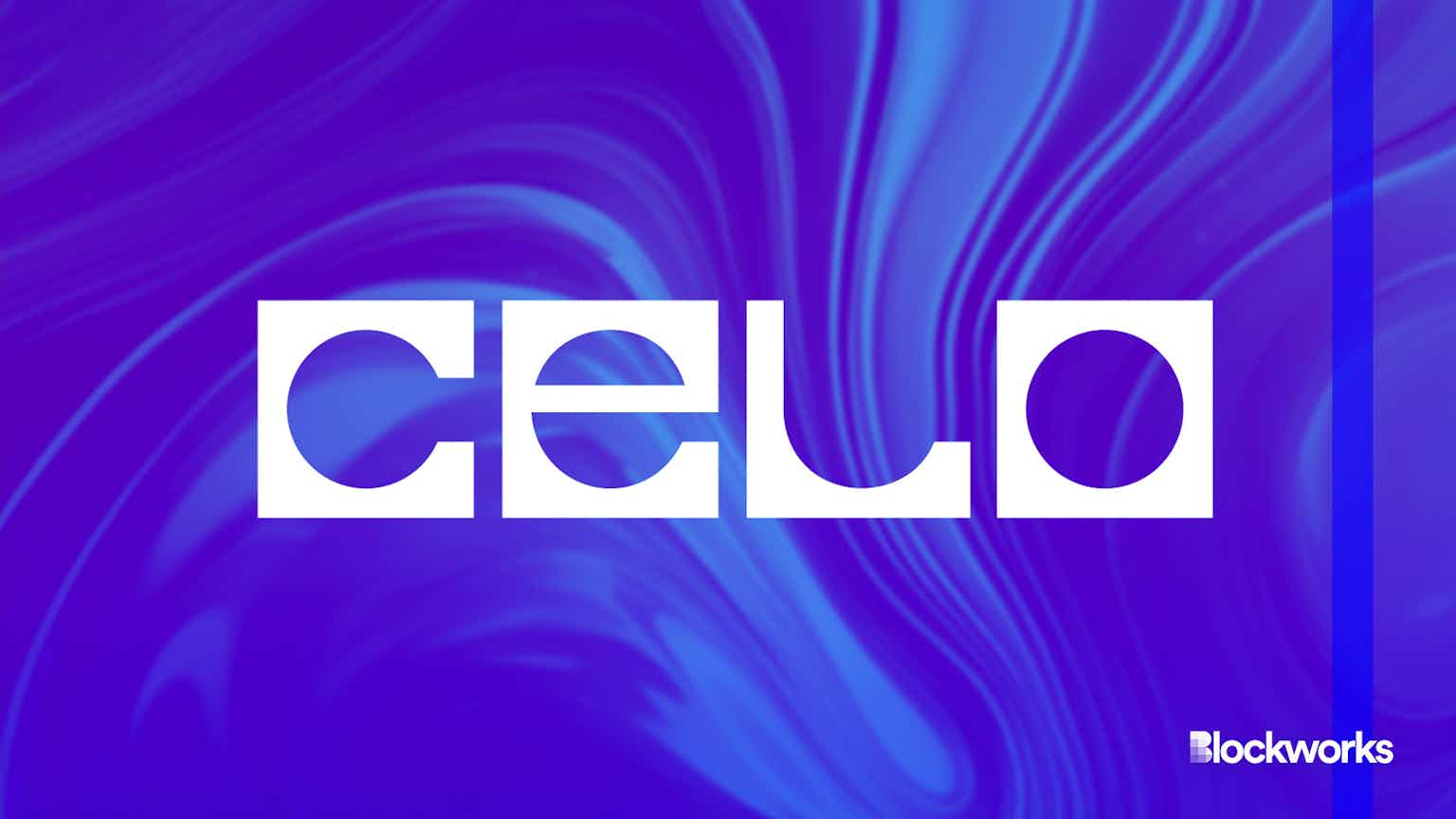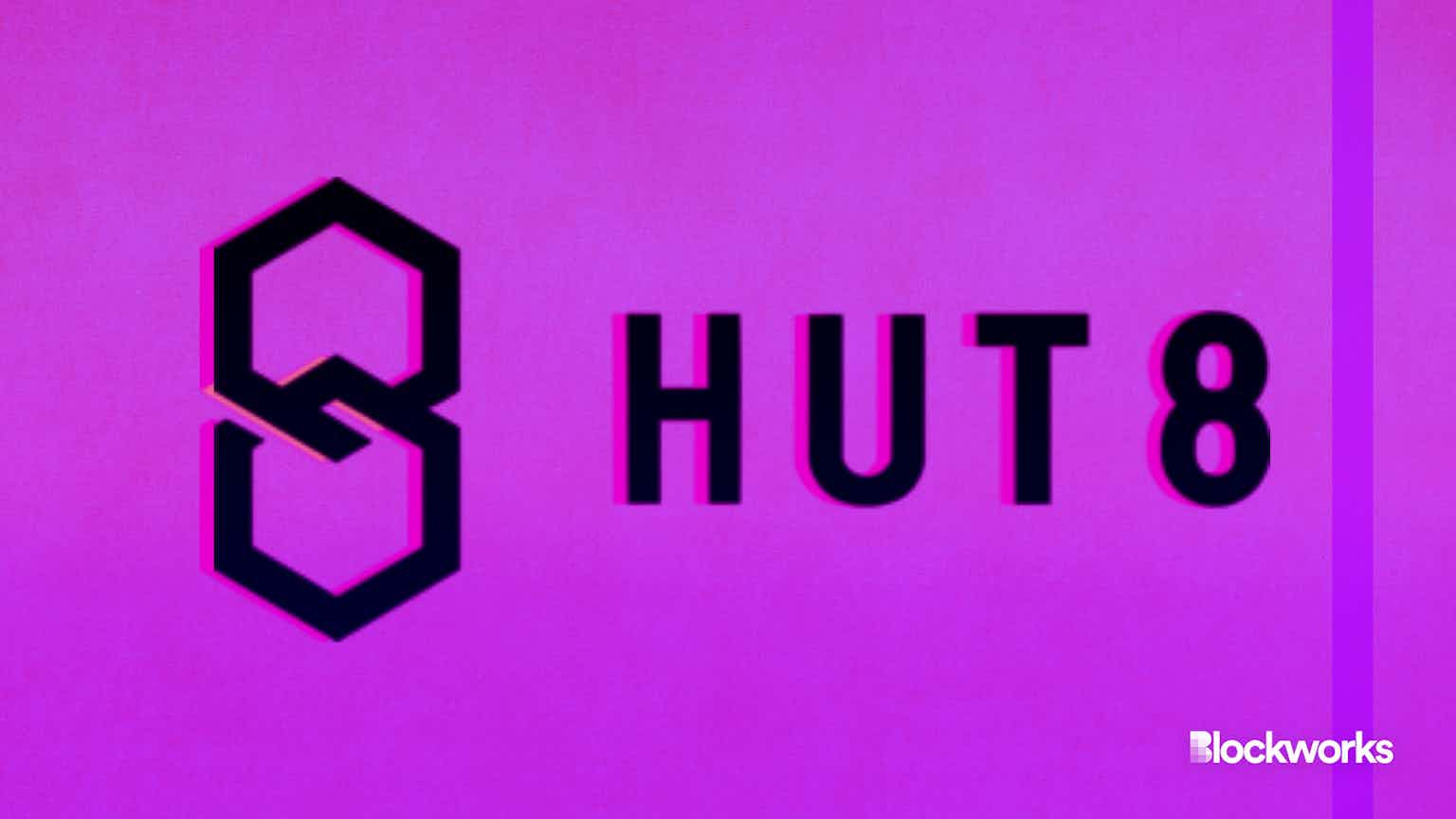Grim Outlook for Bitcoin, Ether Prices as ‘More Bodies to Surface’
Analysts believe crypto, led by bitcoin and ether, could be headed for further sell-offs as the market reels from the FTX debacle

Source: DALL·E 2
Crypto analysts are predicting further turbulence for bitcoin and ether prices over the next nine months, as the industry picks up the pieces following the shock collapse of FTX.
Bitcoin and ether were trading at $16,800 and $1,260 as of 9 am ET, respectively, both down about 20% over the past week and 65% over the year to date.
Cryptocurrency’s total market capitalization has lost a similar amount. Digital assets have together shed $215 billion in nominal value since this time last week — before FTX CEO Sam Bankman-Fried’s apparent mishandling of user funds came to light — sinking from $1.1 trillion to $885 million, now at nearly two-year lows.
Even if FTX finds its footing and gets bailed out by an entity willing to take on its debt, crypto markets are spooked, Daniel Kim, director of investments at Beijing-based FBG Capital told Blockworks in an interview.
Gun-to-head scenario: Kim believes markets are slated for further corrections, to as low as $13,000 for bitcoin and between $900 and $1,000 for ether. But it’s anybody’s guess, analysts argue. The FTX situation is ongoing, making it difficult to map exactly how much contagion risk exists in the ecosystem.
“There is a strong spotlight from regulators to monitor everything that’s going on and unfortunately a lot of institutions — both crypto and traditional — have been impacted,” Kim said.
Beyond bitcoin and ether, Solana’s DeFi ecosystem suffers
As for solana, the native token of the Bankman-Fried-backed blockchain of the same name, uncertainty in the DeFi sector will lead to further declines, Gracy Chen, managing director at crypto exchange Bitget told Blockworks.
So too goes for accompanying tokens, such as the one powering decentralized exchange platform Serum, which featured heavily in Alameda’s balance sheet leaked earlier this month.
Wrapped bitcoin and ether tokens on Solana have depegged entirely over the past two days, crashing more than 70% compared to their underlying assets BTC and ETH. FTX handled their collateral, having issued both assets for use within Solana’s DeFi ecosystem.
“For the projects invested by FTX Ventures and Alameda, there will be continuous selling pressure for tokens issued by these projects,” Chen said.
The rise of Solana and other similar blockchains seemed to settle a debate in the Web3 space, said Chris Georgen, founder of proof-of-stake blockchain Topl.
Decentralization didn’t matter; governance structure could mostly be ignored and deep investor pockets would determine the direction of the industry, Georgen said.
The meltdown of FTX and Alameda, primary checkbooks and hype engines behind much of Web3, will hopefully reopen this debate, Georgen said.
“If we’re just going to use crypto tokens as a new asset to speculate on and accept the Web2 or traditional status quo (or worse) in terms of governance and decentralization, is the risk really worth it?” Georgen asked.
While the ramifications continue to play out, one thing is certain: Multiple legal battles are brewing with many past and present FTX customers unable to access their funds.
FTX’s Chapter 11 bankruptcy, filed on Friday, only adds confusion for its users, who are now effectively creditors. That, combined with what appears to be a hacking incident on the exchange’s remaining crypto, only seeds further angst.
Institutions could rebuild trust in crypto — eventually
There could also be stricter US regulation on the horizon, something which crypto diehards are instinctively averse. More regulation could shore up investor confidence and restore institutional engagement, however.
That would ultimately translate to higher prices, Jehan Chu, founder of Hong Kong-based trading and investment firm Kenetic. But until then it’s up to the market to hose down what was lit on fire by Bankman-Fried.
“Looming contagion among lenders, trading desks and hedge funds — more bodies will float to the surface in the coming weeks,” Chu said. The wreckage has quickly spilled over to crypto-related stocks, venture capital firms and even teacher’s funds in far-off Ontario, Canada.
Proper risk management and higher walls for retail participation, similar to what Singapore and Hong Kong have proposed in the past, will be needed as a guarantee of a more mature market, he added.
“Looking past 6-9 months of low volumes/liquidity, the next iteration will be led by blue-chip institutional players stepping in with fully-regulated platforms, proper risk management, and higher walls for retail participation.”
The analysts all agreed: None of this bodes well for an asset class that had barely recovered from the spectacular implosions of industry players such as Terra, Celsius and Voyager.
“I think the mass retail market and the traditional market are going to be on the sidelines for a while due to the lack of trust,” FBG Capital’s Kim said. “Unfortunately, FTX had some of the largest traditional names invest in them, including Tiger Capital and Temasek, which will leave a bad taste.”
David Canellis contributed reporting.
Start your day with top crypto insights from David Canellis and Katherine Ross. Subscribe to the Empire newsletter.





